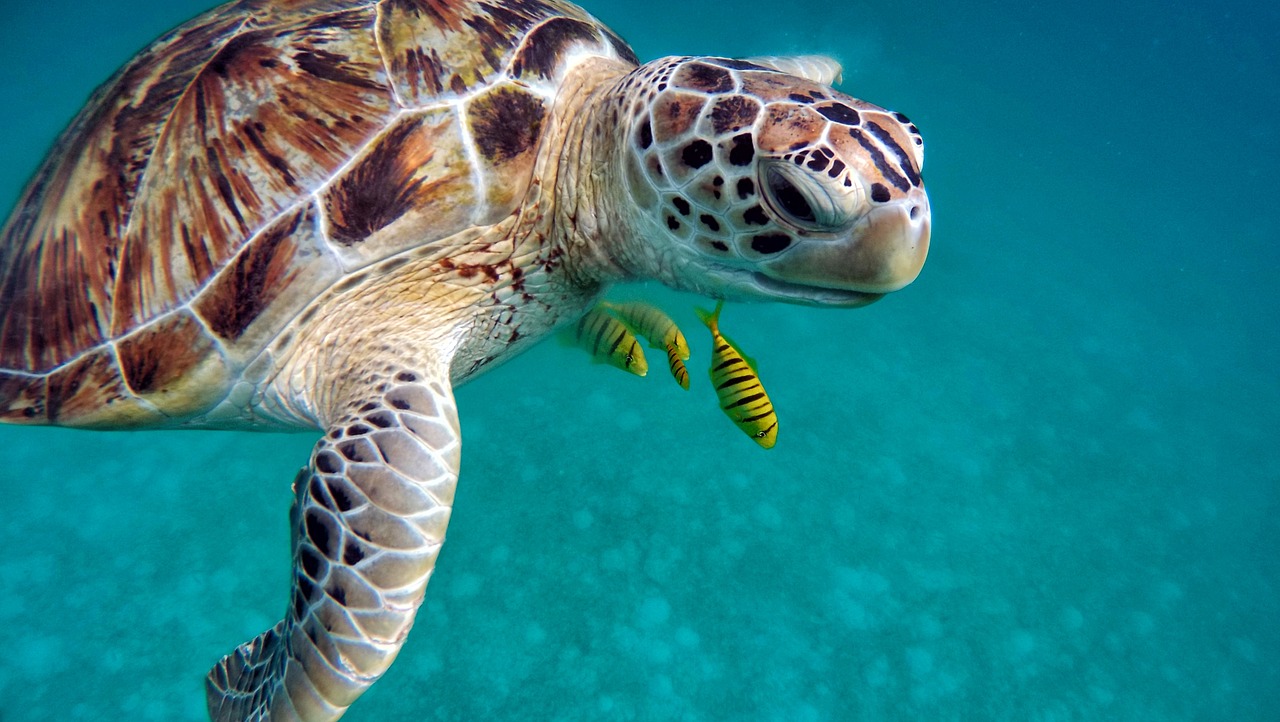

For example, some species may shift their geographical range or phenology, although this may be restricted by the availability of suitable habitat and by seasonality in other environmental factors. There are multiple traits and behaviours that might evolve to counteract negative effects of climate change. The persistence of these species will depend on whether or not they are able to adjust rapidly enough to the increasing temperatures to prevent extinction. This can be seen as a mate-finding Allee effect. Shortage of one sex is then expected to lead to mate-finding difficulties, failure to reproduce, and ultimately population decline. In these species, increases in temperature can lead to biased sex ratios. A group of species at particular risk are long-lived reptile species with temperature-dependent sex determination (TSD).

Global warming poses a potential threat to biodiversity all over the world. Although extra information is needed to make reliable predictions for the fate of green sea turtles, our results illustrate how evolution can shape the fate of long lived, vulnerable species in the face of climate change. Conservation efforts promoted population survival and did not preclude trait evolution. We expected turtles to choose colder beaches under rising temperatures, but surprisingly, nest site philopatry did not improve persistence. Among the evolvable traits, nest depth was the most likely to rescue the population, but even here the warmer climate change scenarios led to extinction. Additionally, we considered the effect of crossbreeding between northern and southern GBR, nest site philopatry, and conservation efforts. Pivotal temperature, nest depth, and shading were evolvable traits. mydas but potentially transferrable to other species with TSD. We built a stochastic individual-based model inspired by C. This shortage of males might eventually cause population extinction, unless rapid evolutionary rescue, migration, range shifts, or conservation efforts ensure a sufficient number of males. A recent study on green sea turtles ( Chelonia mydas) at the northern Great Barrier Reef (GBR) showed a highly female-skewed sex ratio with almost all juvenile turtles being female. Climate change poses a threat to species with temperature-dependent sex determination (TSD).


 0 kommentar(er)
0 kommentar(er)
